Ashley B.
Content Writer (Hi! I’m Ashley, a Linux Administrator with a passion for making Linux simpler and more accessible for beginners. Since 2021, I’ve been writing friendly, practical guides at OperaVPS to help users install software, use the command line, and get comfortable with their VPS. Linux doesn’t have to be intimidating. and I’m here to show that anyone can learn it with the right support and a little curiosity.
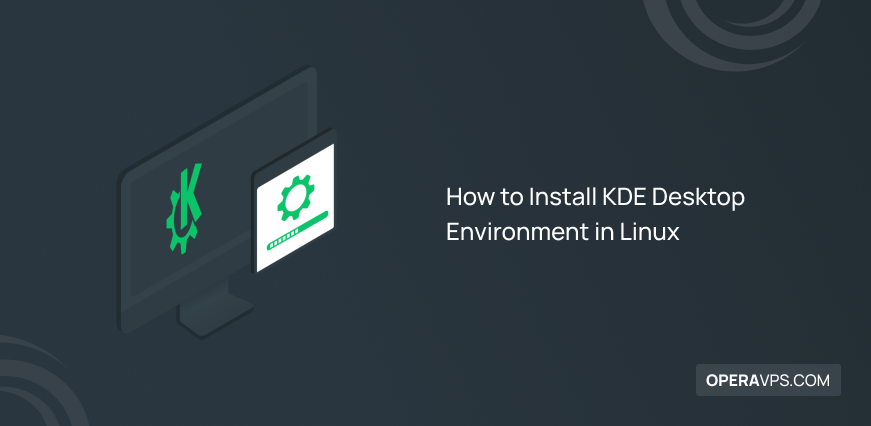
How to Install KDE Desktop Environment in Linux
Various Linux distributions such as Debian, Ubuntu, CentOS, Fedora, etc. have a graphical user interface by default and also support various out-of-the-box desktop environments. GNOME and KDE are among the leaders among the wide variety of Linux/Unix desktop environments such as LXDE, LXQT, Cinnamon, XFCE, etc., which are preferred by most users due to their […]

How to Mount Remote File Systems over SSH
Regardless of being a Linux user or administrator, you will need to mount remote file system on your local system to meet your considered purposes. Secure SHell FileSystem (SSHF) is the client that enables you to mount remote filesystems and interact with remote directories and files. In this article, you will learn How to Mount […]

What is Load Average in Linux?
Linux users track and monitor system resources to control them. To do this, they need a metric and also knowledge of reading the result. Load Average in Linux is an important metric that helps Linux users to monitor system resources. To use system resources, it is important to keep an eye on the system’s resources. […]
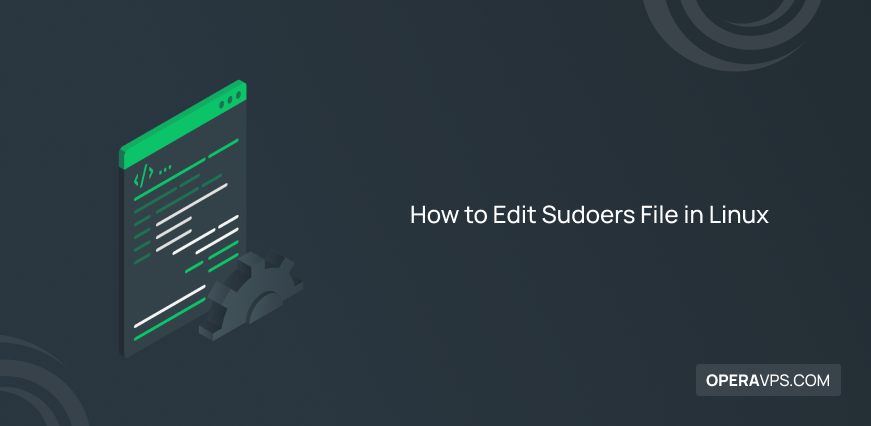
How to Edit Sudoers File in Linux
Linux operating systems set up the first user as an admin by default and grant it access to sudo and reasonable defaults. While the Sudoers file provides instructions to the system on handling the sudo command, the sudo command enables non-root users to execute other Linux commands that typically require superuser access. But sometimes they […]
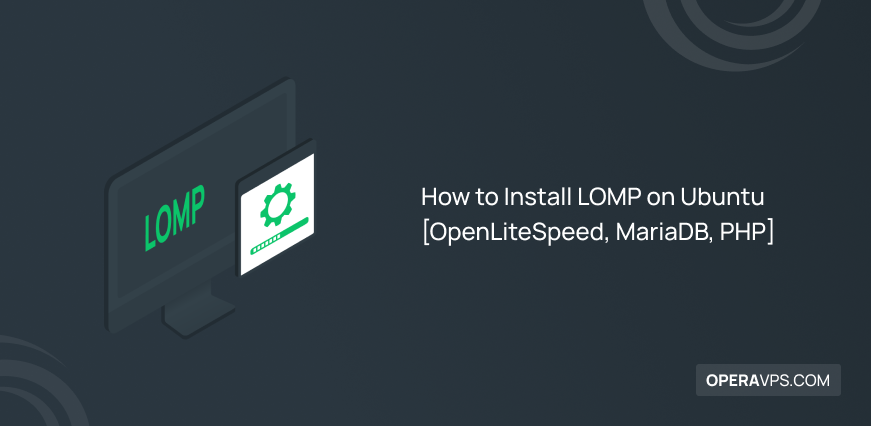
How to Install LOMP on Ubuntu [OpenLiteSpeed, MariaDB, PHP]
Web developers need to run a popular web server and database software, programming languages, such as OpenLiteSpeed, MariaDB, and efficient PHP programming language and so on to improve Linux server performance in hosting high-traffic sites and dynamic web applications.

How to Disable User Login Accessibility in Linux
Linux system administrators have various tasks, one of their important tasks is to improve Linux system security, manage users, and access user login in Linux. Since system administrators are responsible for fixing the problems of the Linux operating system and protecting the Linux system from intrusion and unauthorized access, disabling user login Accessibility in Linux […]
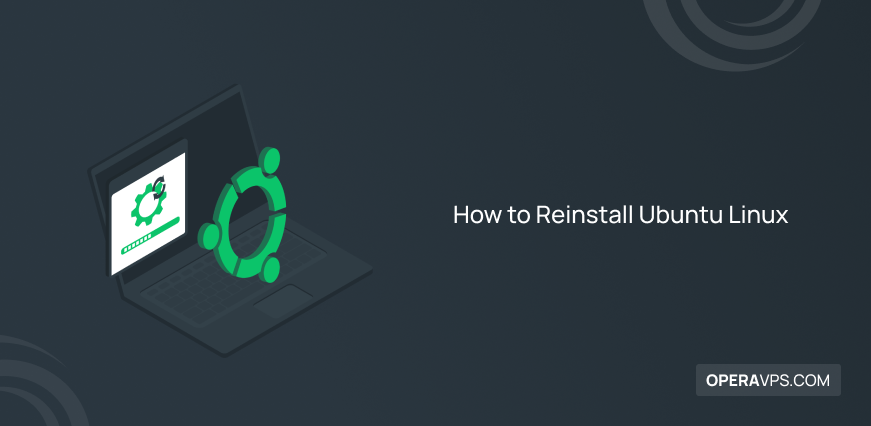
How to Reinstall Ubuntu Linux
To reinstall Ubuntu Linux, visit the official Ubuntu downloads page, download the desired version for reinstall, create a Bootable USB in Ubuntu, and reinstall Ubuntu from the USB drive at the system restart and via BIOS settings. Reinstalling Ubuntu is helpful in resolving potential problems and optimizing system performance after installing Ubuntu. When you face […]
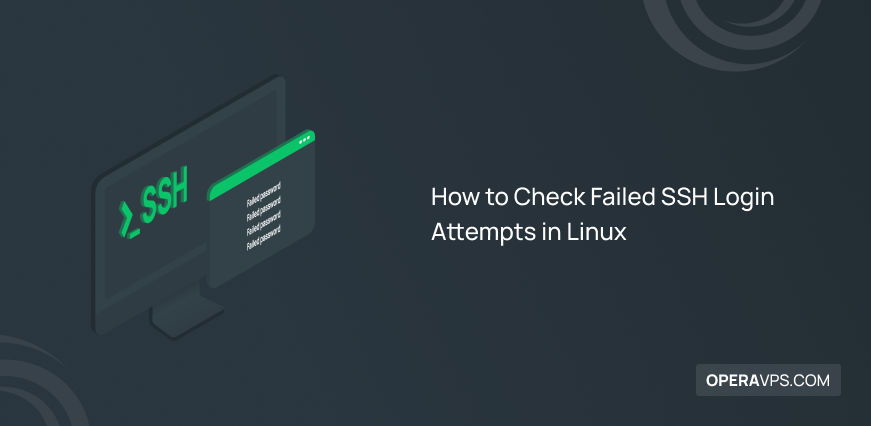
How to Check Failed SSH Login Attempts in Linux
Setting up the server with SSH protocol is one of the security measures of server and network administrators to encrypt the communication between the server and the client in an insecure network. Controlling and monitoring failed SSH login attempts in Linux is one of the most important tasks of Linux VPS administrators, The importance of […]
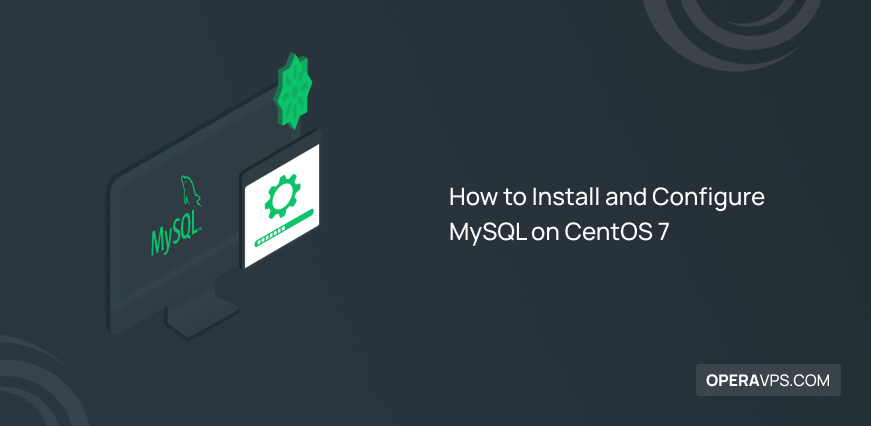
How to Install and Configure MySQL on CentOS 7
MySQL is one of the most popular and practical database management systems that serves as an open-source relational client-server model for websites and server applications. It also uses SQL (Structured Query Language), which is the most common standard language for accessing databases, to manage its data. MySQL is one of the important components of the […]
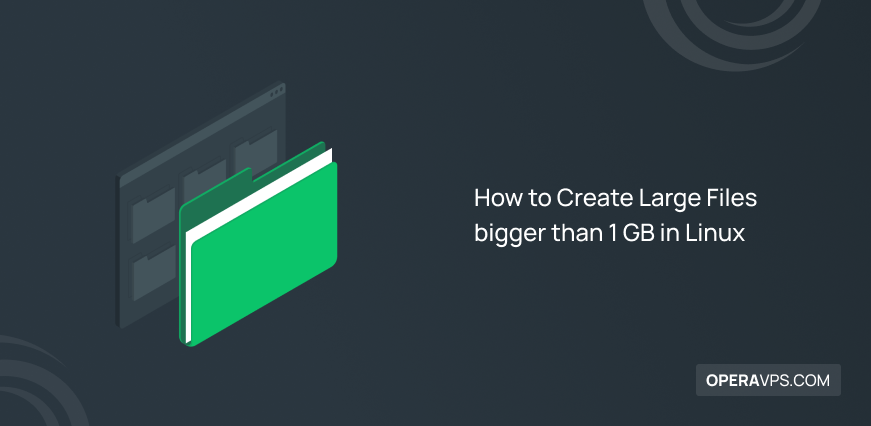
How to Create Large Files bigger than 1 GB in Linux
Creating a file to store and organize data is one of the tasks of Linux users. We usually create an empty file and then import or transfer content to that file, We all do this to organize data. But sometimes the developers need a file of a specific size in special situations such as troubleshooting […]
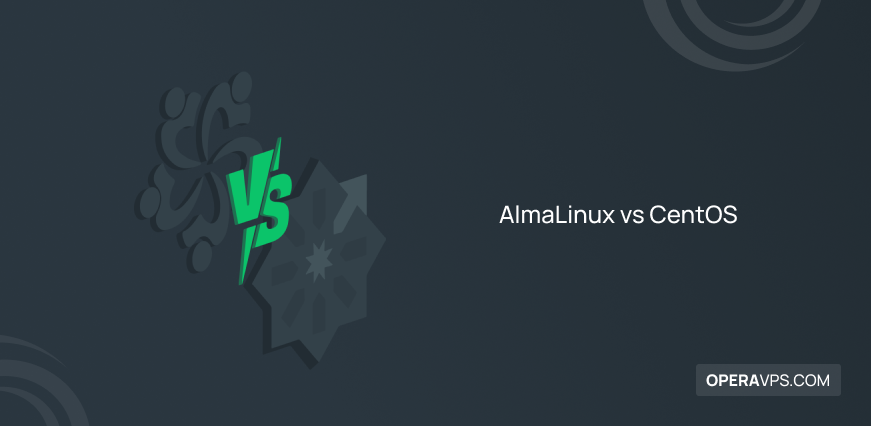
AlmaLinux vs CentOS
It is more than one year since CentOS touched its life end. Since then, whispers of choosing a suitable replacement have been heard. While Alma Linux is the most nominated, AlmaLinux vs CentOS is what we are going to discuss in this article. As an administrator or an organization, you may have a lot of […]
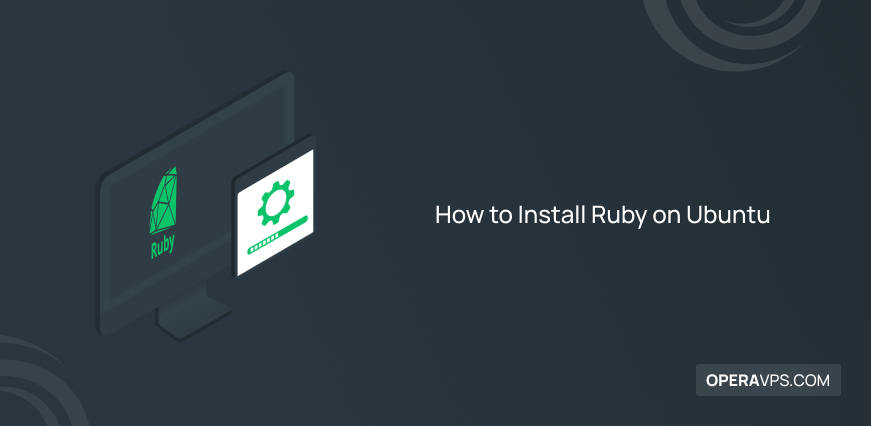
How to Install Ruby on Ubuntu
Ruby is one of the most popular open-source, object-oriented, dynamic, and general-purpose programming languages, which is very similar to a spoken language due to its simple syntax. The advantages of the Ruby programming language have made it popular among developers in various fields such as web/application development, data analysis, and memory management. The most important […]
